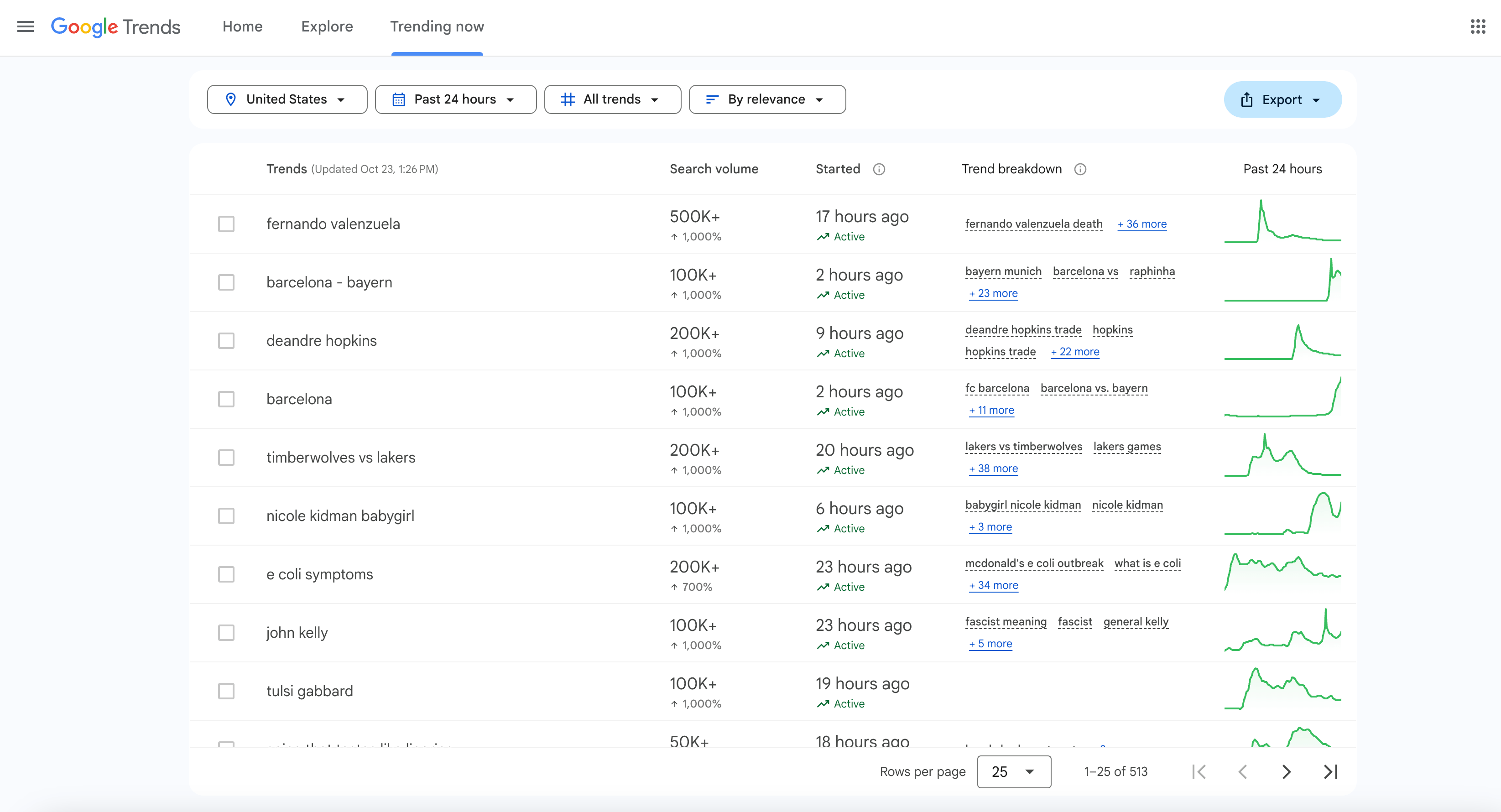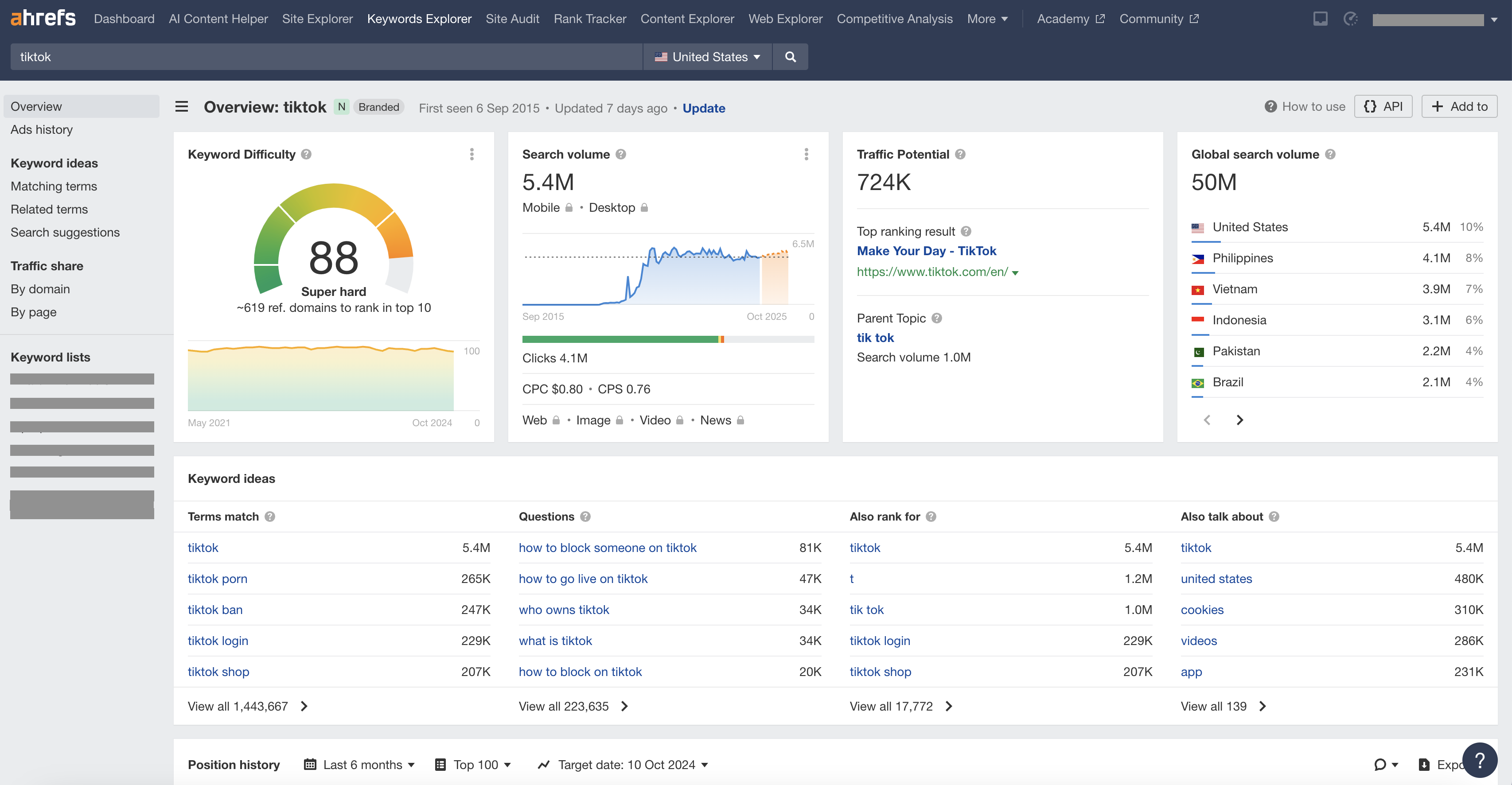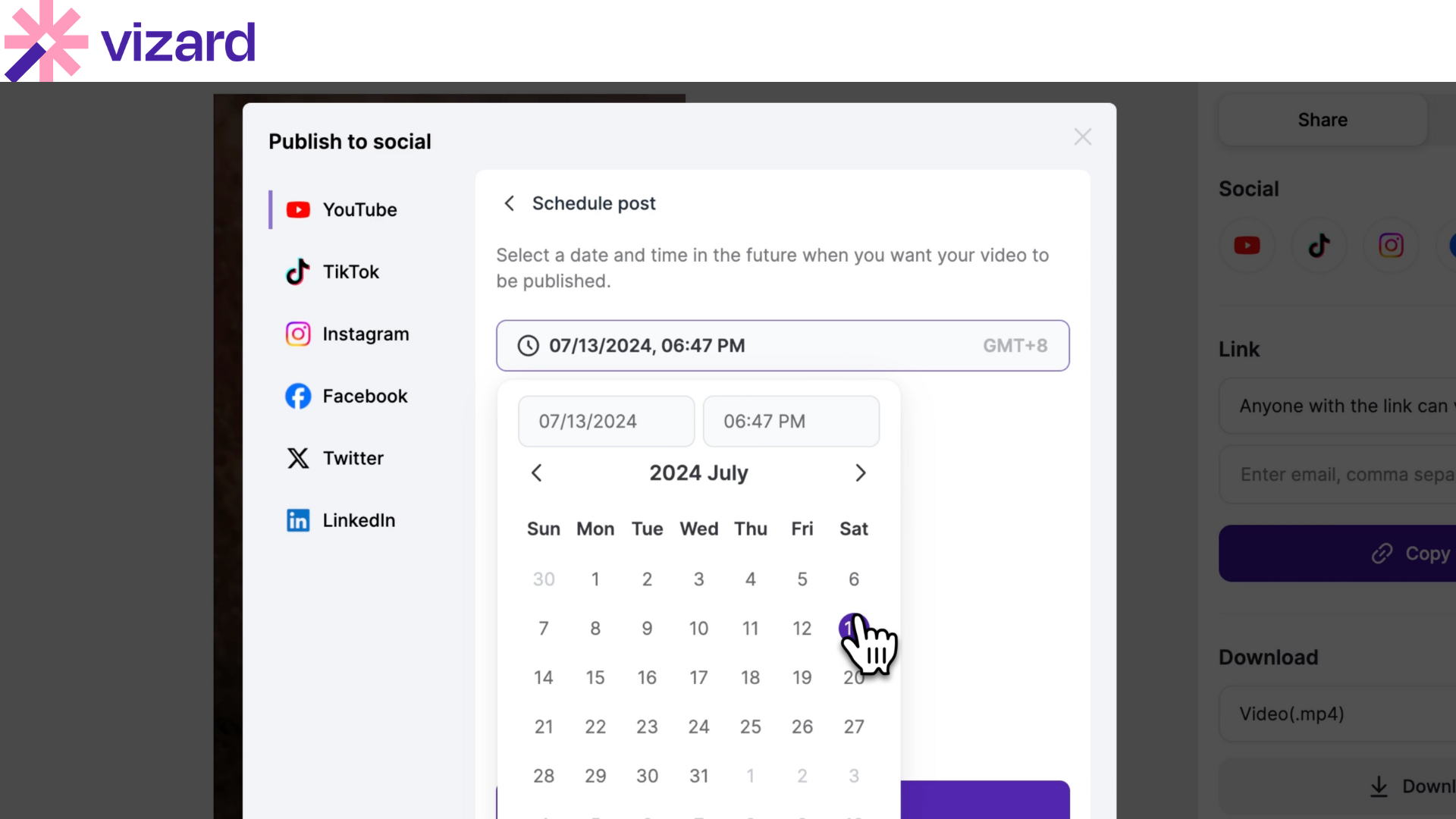Finding the right niche is critical for standing out in today’s crowded digital space, but it’s often easier said than done. This blueprint will walk you through a step-by-step strategy for identifying a profitable niche, one that aligns with your passions while also engaging your target audience.
1. Start with a Brainstorm Session
The journey begins by reflecting on your own interests. Review your watch history on YouTube or TikTok and pay attention to the content you naturally engage with. What topics spark conversations with friends? Write down everything—this process works best when your ideas are visible rather than just floating around in your head. Combining two passions can also open up unique intersections, such as fitness and web design, creating a niche that’s less saturated but still profitable.
2. Evaluate Market Demand with Research Tools
Once you’ve listed a few ideas, validate them using tools like Google Trends. Look for upward trends, but keep in mind that smaller, focused niches often offer better growth opportunities than overly popular ones. For example, “TikTok Trends” may have steadier growth potential than broader topics like “social media marketing.”

3. Go Deeper with Competitive Analysis
Next, explore the competition within your selected niche. Use platforms like Pinterest and YouTube to see what content already exists. Tools such as Ahrefs can help identify your competitors’ top-performing keywords. High competition isn’t always a bad thing—it often means there’s demand, but it also highlights the need to carve a specific angle for yourself.

4. Learn from Early-Stage Successes of Competitors
Study the first successful content pieces from prominent creators in your niche. Look at older posts or videos that initially helped them grow. This offers insight into which types of content resonate with audiences early on. Don’t just copy their latest viral posts; instead, focus on strategies they used during their growth phase.
5. Develop a Simple Action Plan
With your research in hand, create a mini execution plan. List which social media platforms you’ll focus on—whether YouTube Shorts, Instagram Reels, or blog posts—and brainstorm several content ideas upfront. This way, you’ll have material ready without needing to generate ideas daily. Tools like Buffer or Vizard.ai can help you stay consistent with content scheduling.

6. Test the Market with an MVP (Minimum Viable Product)
Before launching a full-blown product or service, test the waters by offering something simple, like a free digital product. Building an email list through this MVP gives you valuable feedback and gauges audience interest. If the feedback is positive, you can expand into paid offerings with more confidence.
7. Evaluate and Iterate Based on Feedback
Pay close attention to how your audience responds. If your product or content doesn’t generate the desired engagement, don’t get discouraged—use the feedback to improve and try again. However, if interest remains low after multiple attempts, it might be time to pivot to a new niche or idea. Remember, experimentation is part of the process.
Conclusion: Find Your Sweet Spot and Build Consistently
Your niche should be a blend of what excites you and what your audience needs. Finding the right niche takes time, but with the right research and strategy, you can establish a unique presence in even the most competitive markets. Stay flexible, keep learning, and don’t be afraid to pivot if necessary.
This process, inspired by insights from multiple niche experts, ensures you’re not just choosing a niche but actively building a sustainable platform for growth. With each iteration, you’ll fine-tune your content and sharpen your focus, creating the foundation for long-term success.









